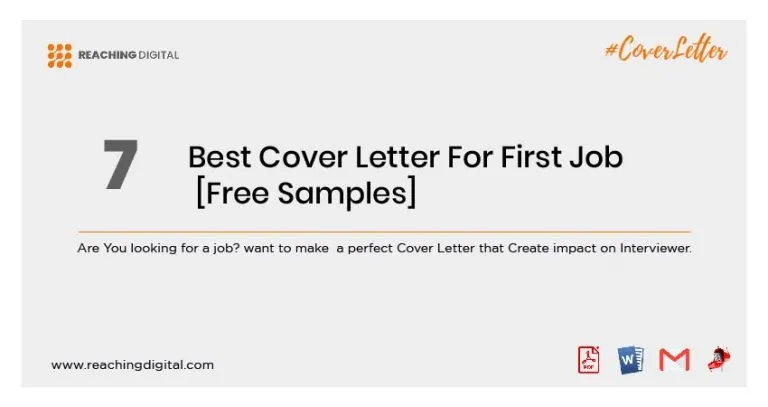Why a Cover Letter Matters for Your First Job
Landing your first job can feel daunting, but a well-crafted cover letter is your secret weapon. Think of it as your personal introduction, offering a space to connect with potential employers on a deeper level than your resume allows. It’s your chance to go beyond listing qualifications and show the human side, demonstrating your enthusiasm and suitability for the role. For those without extensive work history, the cover letter becomes even more crucial, providing context to your experiences and highlighting the value you bring to the table. A strong cover letter signals professionalism, attention to detail, and a genuine interest in the opportunity, increasing your chances of getting noticed and securing an interview. This document complements your resume, painting a complete picture of who you are and what you can offer.
Highlighting Your Skills
Your first job application is where you translate skills into something tangible for an employer. When crafting your cover letter, focus on demonstrating your skills, even if you lack direct work experience. Begin by identifying the skills most relevant to the job description. Then, think about how you’ve used these skills in other contexts, such as academic projects, volunteer work, or extracurricular activities. Give concrete examples of how you’ve applied these skills to achieve results. For example, if the job requires strong communication skills, describe a time you successfully led a team project or delivered a presentation. The goal is to show, not just tell, the hiring manager that you have the abilities they are seeking.
Transferable Skills to Emphasize

Even without prior work experience, you possess a wealth of transferable skills gained through various life experiences. These skills are valuable across different roles and industries. Consider highlighting skills like communication (written and verbal), problem-solving, teamwork, time management, and organization. Show how you developed these skills through school projects, group activities, or personal endeavors. For example, if you coordinated a school event, you demonstrated project management, organizational, and communication skills. If you were part of a debate club, you have proven the ability to articulate arguments and think critically. Framing your experiences this way makes your application stand out and reveals your potential to employers.
Showcasing Soft Skills
Soft skills are crucial in today’s job market. They reflect your personality traits, interpersonal abilities, and work ethic, which are often as important as technical skills. In your cover letter, emphasize your soft skills by providing relevant examples. These can include your ability to work under pressure, adapt to new situations, and collaborate with others. If you thrive in a team environment or have demonstrated strong leadership capabilities, mention it. Also showcase your problem-solving skills by illustrating how you’ve tackled challenges in the past. Showcasing these qualities will help you stand out from other applicants and illustrate your ability to be a valuable asset to any team.
Addressing the Experience Gap
Many first-time job seekers are worried about the lack of professional experience. However, the cover letter provides a platform to address this head-on. Rather than dwelling on your inexperience, use this space to explain how you are eager to learn and grow. Frame your previous experiences, such as internships, volunteer work, or academic projects, as professional development. Show the potential employer you have the skills necessary and you are also adaptable to the organization’s environment. Highlight any relevant coursework or self-study you’ve undertaken to prepare for the role. Explain why you are passionate about the specific job or industry, demonstrating your dedication. This approach shows your proactive nature, eagerness to contribute, and willingness to learn.
Focusing on Relevant Projects and Coursework
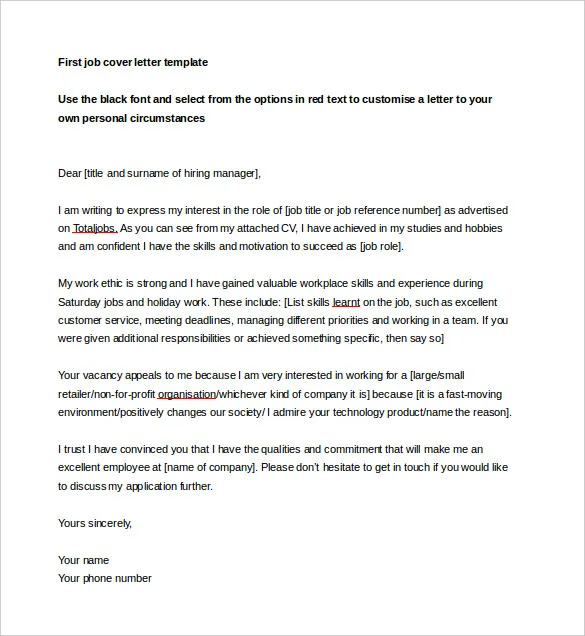
Leverage your academic background. If your projects or coursework align with the job requirements, highlight them. Describe the projects you’ve completed that are most relevant to the role, and mention the skills you developed in those projects. This is a great way to showcase your abilities. When describing coursework, focus on the knowledge and skills you gained. Make sure to explain how this experience has prepared you for the job. If you have any practical experience, such as labs, presentations, or group projects, include these as well, as they showcase real-world capabilities. This also highlights your academic achievements and showcases the value you bring.
Highlighting Volunteer Experience and Extracurriculars
Don’t underestimate the value of volunteer work and extracurricular activities. They can provide critical evidence of your skills and character, and should be included in your cover letter. Describe your role, responsibilities, and accomplishments in these activities. For instance, if you volunteered at a local non-profit, highlight your contribution to the organization. These experiences showcase teamwork, leadership, and community involvement, all of which are highly valued by employers. Extracurriculars, like sports, clubs, or student government, demonstrate time management, discipline, and the ability to work well with others. By showcasing these experiences, you present a well-rounded picture of yourself to prospective employers, setting you apart from other applicants.
Structuring Your First Job Cover Letter
A well-structured cover letter is clear, concise, and engaging. A standard format includes the heading, salutation, opening paragraph, body paragraphs (usually 2-3), and closing paragraph. Maintaining a professional format and tone throughout is essential. Use clear, concise language and avoid jargon unless it is specific to the industry. A properly structured cover letter makes it easy for the hiring manager to understand who you are, what you have to offer, and why you’re a good fit for the role. By organizing your thoughts logically, you can effectively communicate your value to the employer and capture their attention.
The Essential Sections to Include
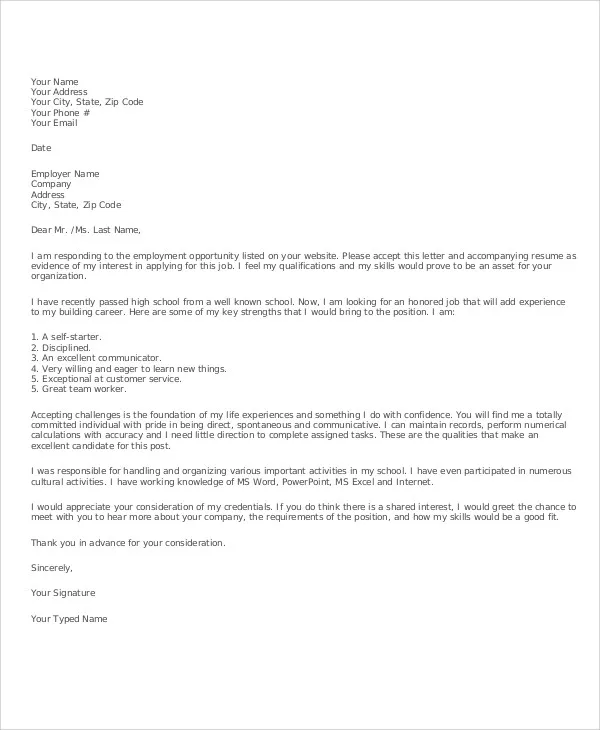
Your cover letter should have specific sections. Start with a header including your contact information, the date, and the hiring manager’s name and title (if you know it). The salutation should be professional, such as “Dear Mr./Ms. [Last Name]”. The opening paragraph should state the position you’re applying for and immediately grab the reader’s attention. The body paragraphs are where you highlight your skills, experiences, and how they align with the job requirements. Include specific examples and accomplishments. The closing paragraph should re-iterate your interest, and the call to action should request an interview. Keep the letter concise, focusing only on the information relevant to the job.
Writing a Compelling Opening
The opening paragraph is your first and best chance to grab the reader’s attention. Start strong by stating the position you’re applying for and where you found the job listing. Clearly state why you are interested in the role and the company. Instead of starting with a generic phrase, try something more engaging, such as expressing your excitement about the company’s mission or a recent project. Highlight one key skill or experience that makes you a strong candidate. The aim is to immediately show your enthusiasm, capture their interest, and set the tone for the rest of the letter. Keep the opening concise and focused to make a positive first impression.
Crafting a Strong Body Paragraph
Use the body paragraphs to showcase your skills and experiences. Connect your abilities to the job requirements, providing specific examples. Use the STAR method (Situation, Task, Action, Result) to describe your accomplishments, making the impact you had clear. Focus on 2-3 key skills and provide relevant examples. Quantify your achievements whenever possible by using numbers or metrics to illustrate your impact. Demonstrate that you have researched the company and that your values align with the organization’s culture. Demonstrate that your skills align with the job description and that you understand the company’s needs and goals. Be sure to tailor each letter to the specific role to highlight your knowledge and capabilities.
Creating a Powerful Closing
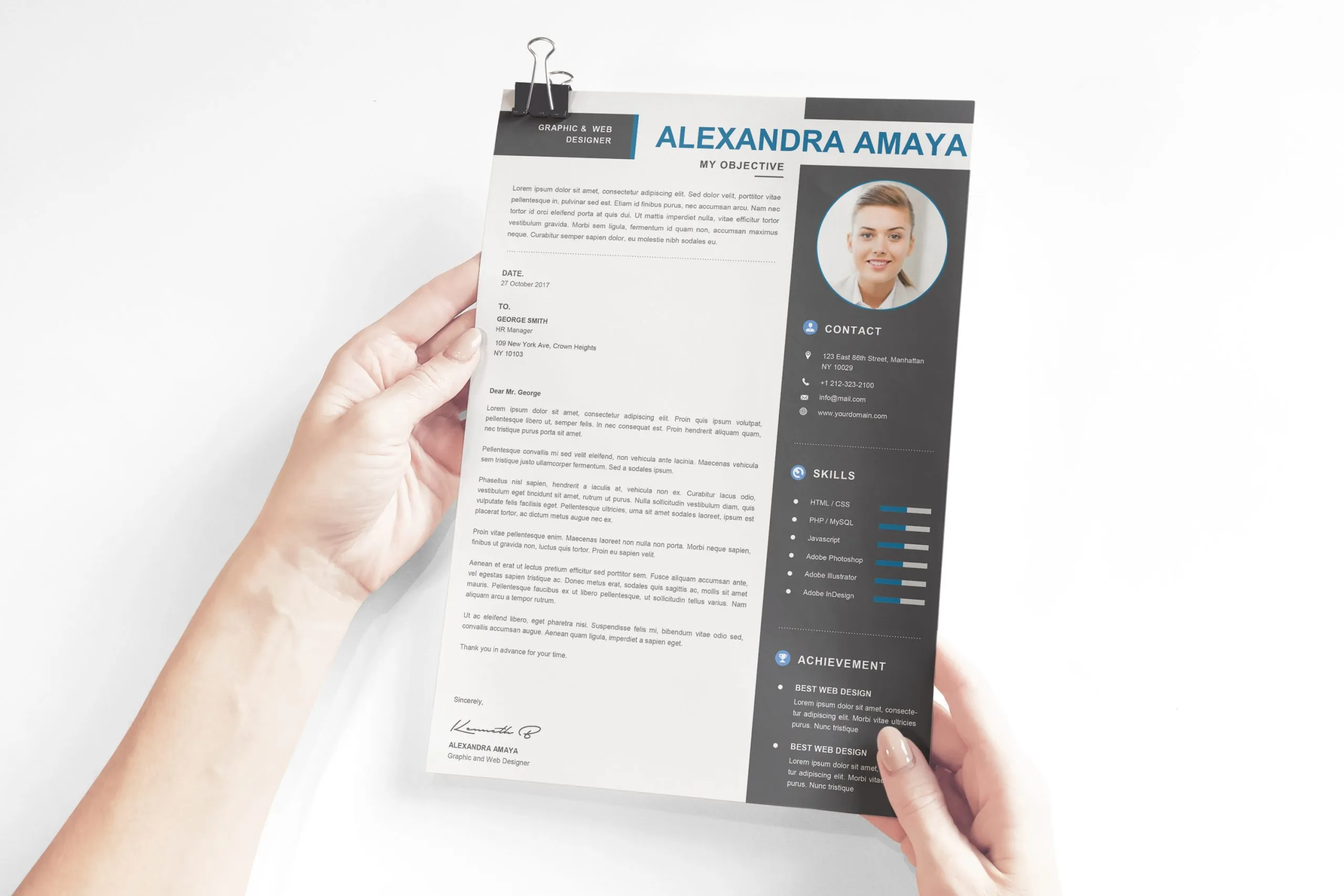
The closing paragraph is where you leave a lasting impression. Reiterate your enthusiasm for the position and the company. Restate your interest and express your availability for an interview. Use a confident and professional tone. Show that you are eager to discuss your qualifications further. Thank the hiring manager for their time and consideration. Providing a clear call to action (e.g., ‘I look forward to the opportunity to discuss my qualifications further’) is essential. Ending on a strong note reinforces your professionalism and leaves the employer with a positive impression of your candidacy.
Formatting and Presentation Tips
The appearance of your cover letter says a lot about you. Proper formatting and presentation help to improve readability and showcase your attention to detail. Use a clean and professional font, such as Times New Roman, Arial, or Calibri, with a font size between 11 and 12 points. Maintain consistent formatting throughout the document, with clear headings and bullet points to break up large blocks of text. Use standard margins and proper spacing between paragraphs. Aim for a single page, making sure to avoid unnecessary wordiness. Ensure the layout is clean and easy to read, as this highlights your commitment to professionalism and good communication skills.
Choosing the Right Font and Style
Choosing the right font and style can significantly impact your cover letter’s readability and professionalism. Stick to classic, easy-to-read fonts like Times New Roman, Arial, Calibri, or Helvetica. Keep the font size between 11 and 12 points for optimal readability. Use a consistent font and style throughout the document. Avoid using decorative or overly stylized fonts, as they can distract from the content. Use bolding, italics, and bullet points strategically to highlight key information and make it easy for the reader to scan the document. Maintaining a professional and consistent font style ensures the information is easy to consume and presents you in a polished light.
Proofreading and Editing
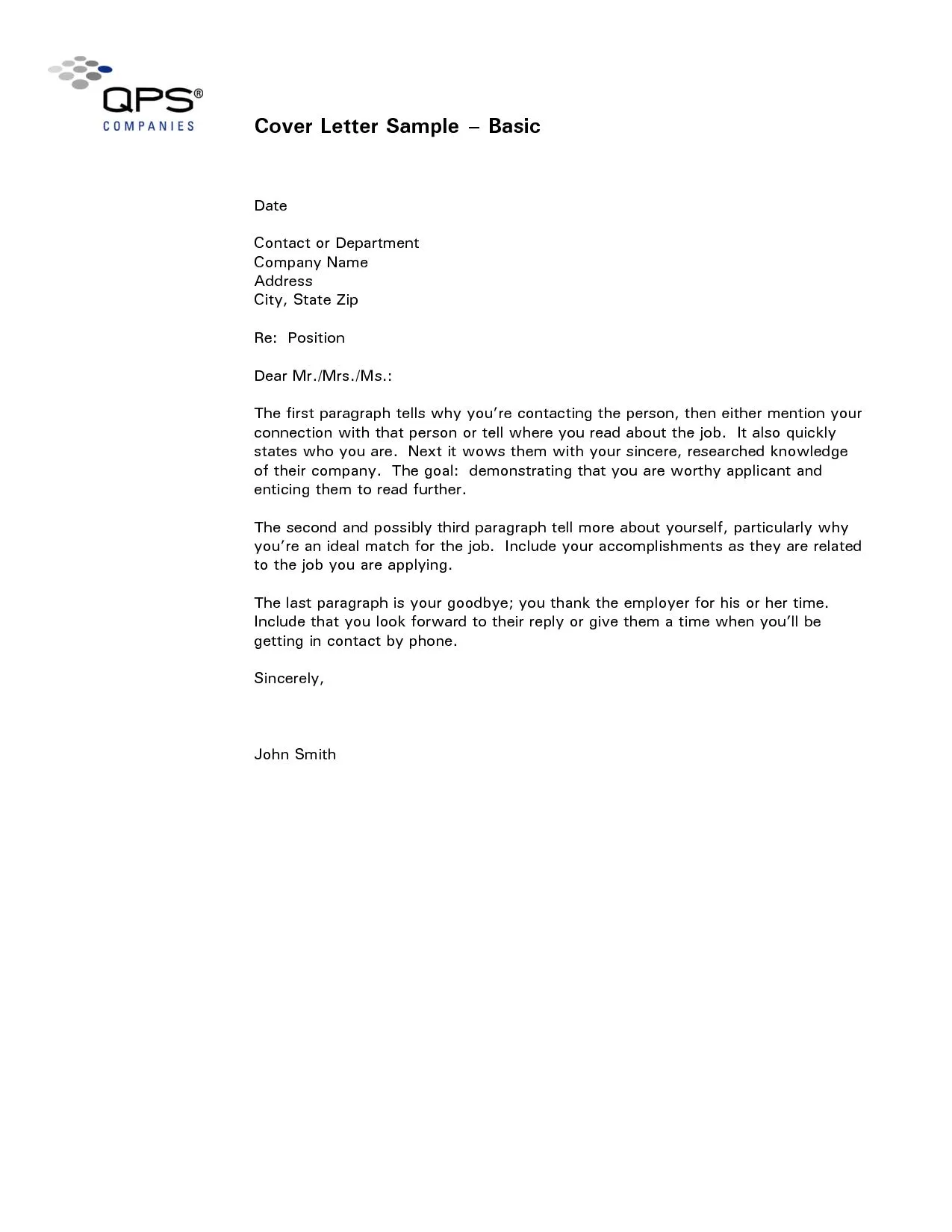
Proofreading is the most important step. Always proofread your cover letter carefully to catch any errors. Check for grammatical errors, spelling mistakes, and punctuation issues. Read the letter multiple times, and consider having someone else review it. Minor errors can undermine your credibility. Ensure your writing is clear, concise, and error-free. Verify that all contact information is correct. Taking this final step demonstrates your attention to detail and your commitment to quality, and may be the deciding factor when it comes to getting an interview.
Tailoring Your Cover Letter
Customizing your cover letter for each job application is essential. Avoid using a generic template; tailor your letter to match the specific job description and company. Research the company’s mission, values, and culture, and then incorporate relevant information into your cover letter. Highlight the skills and experiences that are most relevant to the specific role. Reference the job description and explain how your qualifications align with the requirements. Tailoring the cover letter shows that you are serious about the opportunity and invested in the company. Customization makes you stand out from applicants using generic cover letters.
Researching the Company
Researching the company before writing your cover letter is essential. Start by visiting the company’s website to learn about its mission, values, and recent projects. Search for news articles, press releases, and social media posts to understand the company’s culture and current initiatives. Research the hiring manager or the person to whom you’re submitting your cover letter and find any relevant information on platforms like LinkedIn. Understanding the company’s goals will show you how to emphasize the skills and experiences they are looking for. Incorporating information about the company into your cover letter will demonstrate your genuine interest and increase your chances of getting noticed.
Customizing Your Letter for Each Role
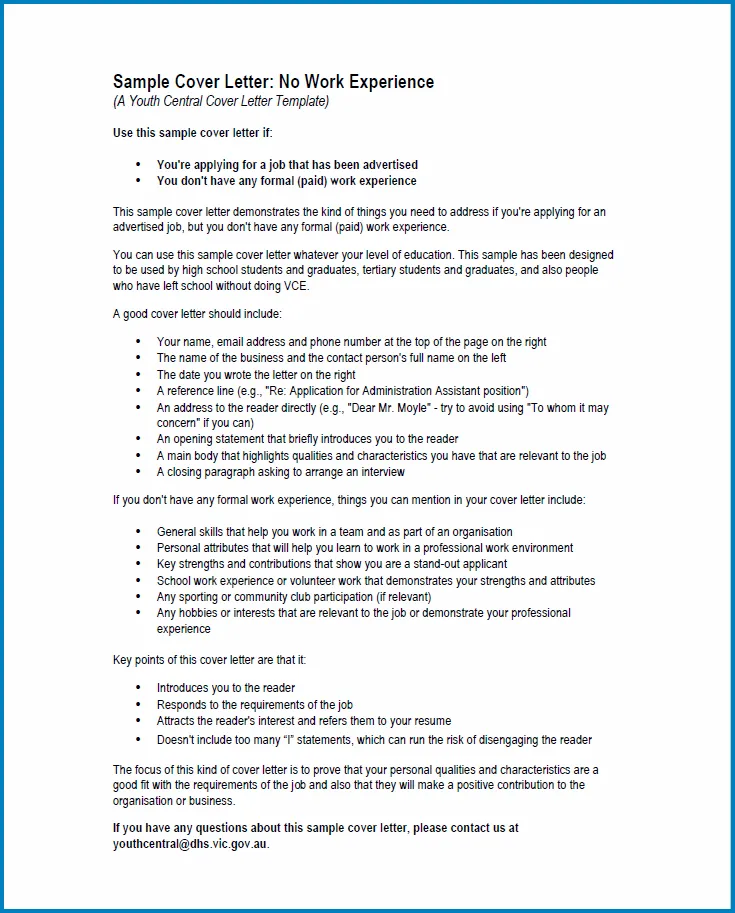
Customizing your cover letter for each role is a must. Use the job description as a guide and highlight the key skills and experiences listed. Carefully review the job requirements and tailor your letter to match. Use the same keywords and phrases to show you possess the necessary qualifications. Focus on the specific tasks and responsibilities of the role, and give examples of how you have achieved similar tasks in the past. Show how your skills and experiences are relevant to the needs of that role. Tailoring your letter highlights your capabilities and makes a great impression on the hiring manager, increasing your chances of success.
Following Up After Submitting Your Application
Following up after submitting your application shows your continued interest in the role. Send a polite email or make a phone call to the hiring manager. Follow up about a week or two after submitting your application. Use this opportunity to reiterate your interest, and ask if they need any additional information from you. This also shows your professionalism and determination. Keep the communication brief and professional. If the hiring manager asks questions about your application, answer them thoroughly. Following up on your application can improve your chances of moving forward in the hiring process.
